The world of fermented foods holds a treasure trove of microbial wonders, and kombucha stands as one of its most fascinating creations. This effervescent, tangy elixir owes its existence to a dynamic ecosystem of bacteria and yeast working in harmony. For home brewers, understanding and maintaining this delicate microbial balance isn’t just a scientific curiosity—it’s the key to crafting consistently delicious and healthful kombucha.
At the heart of every kombucha brew lies the SCOBY, an acronym that sounds more like a children’s cartoon character than a scientific term. This Symbiotic Culture Of Bacteria and Yeast forms a rubbery mat that floats atop the sweet tea, serving as both factory and fortress for the fermentation process. The SCOBY isn’t a single organism but rather a complex community where each member plays a crucial role in transforming simple ingredients into something extraordinary.
The bacterial component, primarily acetic acid bacteria like Gluconacetobacter xylinus, builds the SCOBY’s physical structure by producing cellulose. These industrious microbes convert alcohol into acetic acid, giving kombucha its characteristic bite while creating an environment hostile to pathogens. Meanwhile, various yeast strains, often from the Saccharomyces and Brettanomyces genera, break down sucrose into glucose and fructose before fermenting these sugars into alcohol and carbon dioxide.
Temperature acts as an invisible conductor orchestrating this microbial symphony. Most kombucha cultures thrive between 68-78°F (20-25°C), with cooler temperatures slowing fermentation and warmer conditions accelerating it. But heat doesn’t affect all microbes equally—yeasts generally prefer slightly warmer environments than bacteria. This thermal preference means seasonal temperature fluctuations can subtly shift the microbial balance, explaining why summer brews might taste sharper while winter batches develop more slowly.
Oxygen availability represents another critical factor shaping the microbial community. The surface-dwelling acetic acid bacteria require oxygen to produce acetic acid from alcohol, while many yeast species prefer anaerobic conditions. This spatial separation creates microenvironments within the brewing vessel—the oxygen-rich surface favors bacterial activity, while deeper zones become yeast-dominated territories. Stirring the brew redistributes these populations and alters fermentation dynamics, which is why most experts recommend leaving the kombucha undisturbed during primary fermentation.
pH levels serve as both indicator and influencer of microbial balance. A healthy kombucha fermentation progressively acidifies the brew, starting around pH 5 and dropping to 2.5-3.5 within days. This increasing acidity creates a selective environment where beneficial microbes thrive while inhibiting mold and pathogenic bacteria. However, if the pH drops too rapidly or excessively, it can stress the microbial community, potentially leading to off-flavors or stalled fermentation.
The tea itself provides more than just flavor—it delivers essential nutrients that support microbial health. Nitrogen compounds, minerals, and polyphenols in tea leaves serve as vital nutrients for both bacteria and yeast. Black tea generally offers the most robust nutritional profile, while green and white teas provide different micronutrients that can influence microbial activity. Herbal “teas” lacking actual Camellia sinensis leaves often prove challenging for long-term SCOBY health due to their incomplete nutritional profile.
Sugar, often vilified in modern nutrition, serves as the lifeblood of kombucha fermentation. The yeast converts sucrose into alcohol and carbon dioxide, while bacteria then transform much of that alcohol into organic acids. The type of sugar used can subtly influence microbial dynamics—white sugar provides pure sucrose, while alternatives like honey or coconut sugar introduce trace minerals and other compounds that may favor certain microbes over others.
Time acts as the silent sculptor of kombucha’s microbial landscape. In the initial days, yeast activity dominates as sugars rapidly convert to alcohol. As alcohol accumulates, acetic acid bacteria become more active, lowering the pH and shifting the balance. Extended fermentation allows acid-loving strains to further transform the brew, creating increasingly complex flavor profiles. Recognizing these temporal shifts helps brewers harvest their kombucha at the perfect moment for their taste preferences.
Contamination fears loom large in many brewers’ minds, but healthy kombucha cultures prove remarkably resilient. The acidic, alcoholic environment naturally inhibits most harmful microbes. However, dramatic imbalances can create opportunities for unwelcome guests. Kahm yeast, while harmless, indicates potential stress in the bacterial community. Mold growth suggests either insufficient acidity or an unhealthy SCOBY. Understanding these visual cues allows brewers to intervene before minor issues become major problems.
The art of maintaining microbial balance extends beyond the brew vessel. SCOBY hotels—vessels where extra cultures are stored—require periodic feeding to keep the community vibrant. These microbial reservoirs benefit from occasional aeration and should be kept at room temperature rather than refrigerated, as cold temperatures can weaken certain bacterial strains. A healthy reserve culture serves as insurance against failed batches and provides material for sharing with fellow enthusiasts.
Seasoned brewers often develop an intuitive sense for their culture’s needs, recognizing subtle changes in aroma, texture, and fermentation speed that indicate shifting microbial dynamics. This tacit knowledge, built through observation and experience, complements scientific understanding to create truly exceptional kombucha. Like tending a garden or raising sourdough starter, successful kombucha brewing requires equal parts science and sensibility.
As research continues to unravel the complexities of kombucha’s microbiome, home brewers stand at the frontier of a delicious scientific exploration. Each batch offers new insights into microbial relationships, flavor development, and the ancient art of fermentation. By nurturing this invisible ecosystem, we participate in a tradition that connects us with countless generations of fermenters before us—all while creating a beverage that delights the senses and nourishes the body.
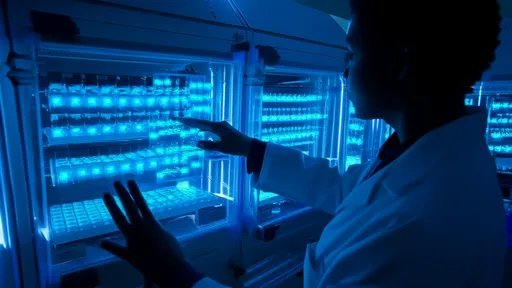
By /Jul 3, 2025
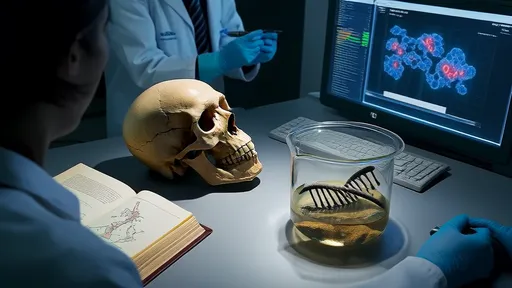
By /Jul 3, 2025

By /Jul 3, 2025

By /Jul 3, 2025

By /Jul 3, 2025

By /Jul 3, 2025

By /Jul 3, 2025
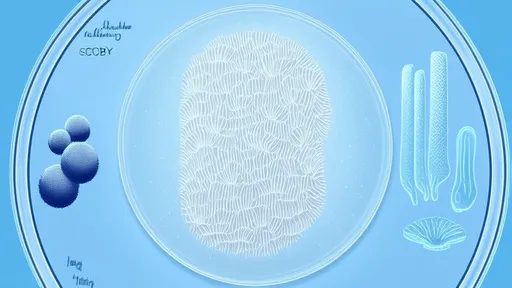
By /Jul 3, 2025

By /Jul 3, 2025

By /Jul 3, 2025

By /Jul 3, 2025
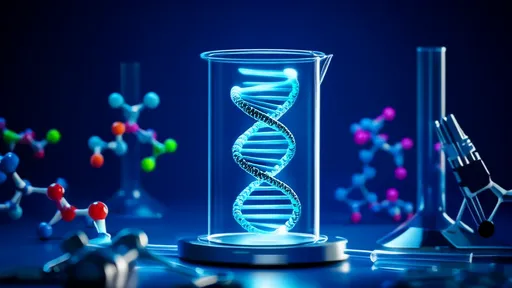
By /Jul 3, 2025
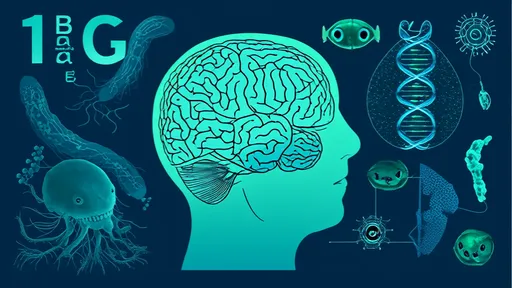
By /Jul 3, 2025
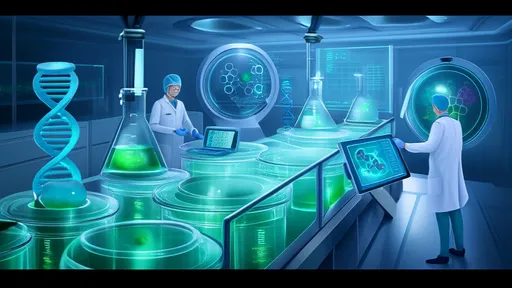
By /Jul 3, 2025
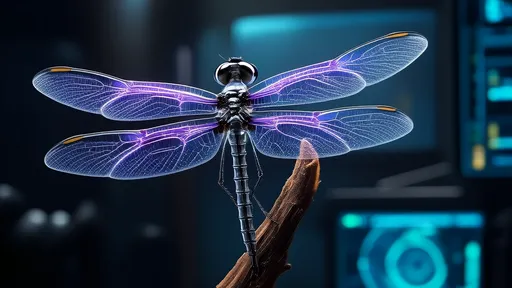
By /Jul 3, 2025
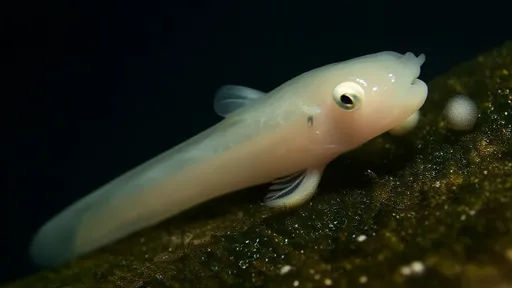
By /Jul 3, 2025
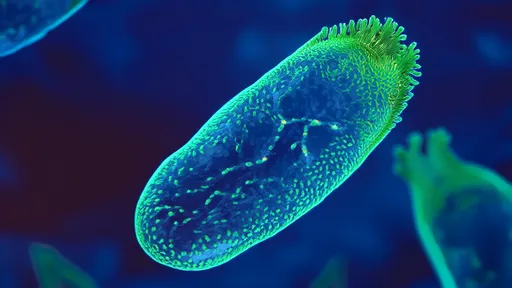
By /Jul 3, 2025
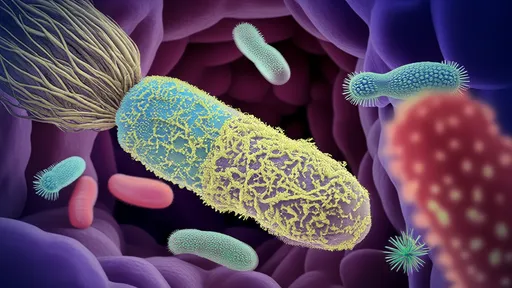
By /Jul 3, 2025
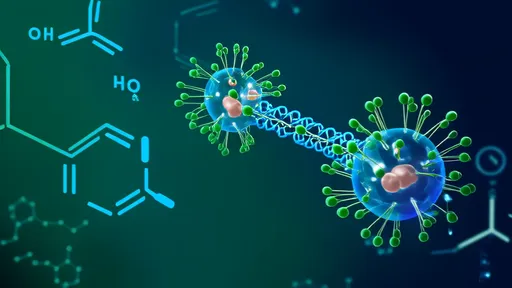
By /Jul 3, 2025
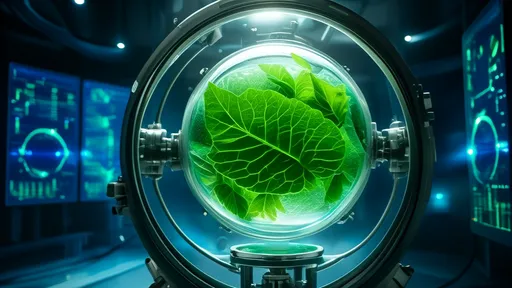
By /Jul 3, 2025